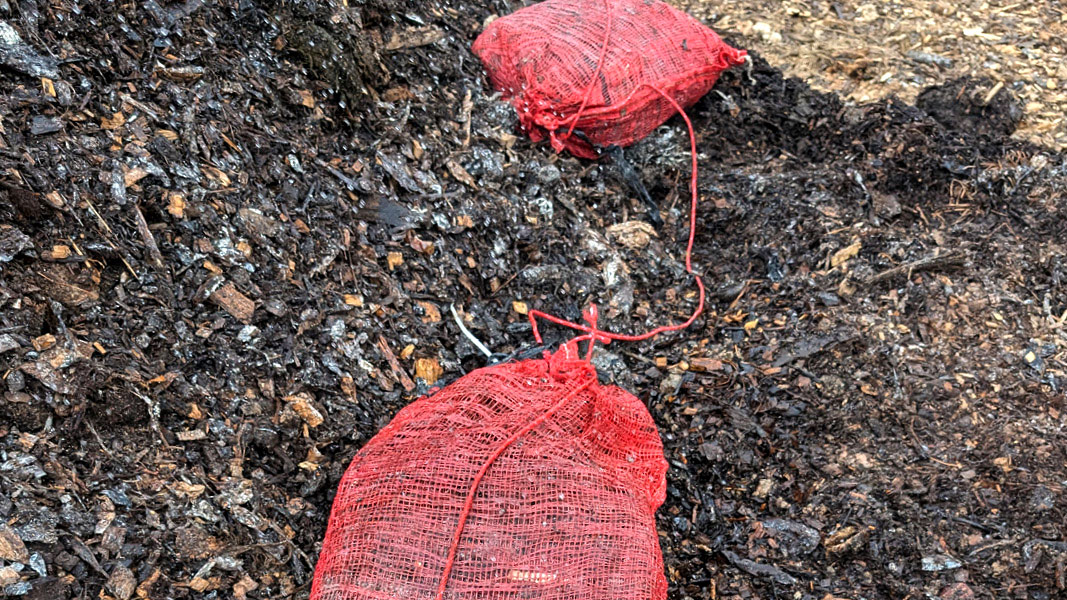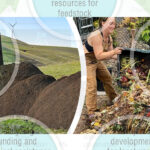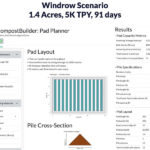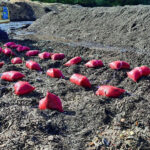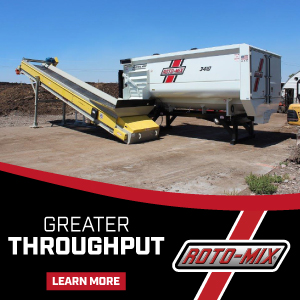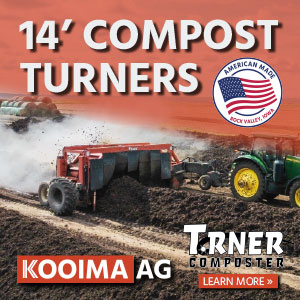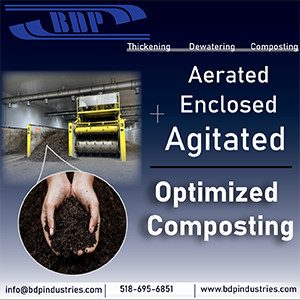Top: “Mesh Bag” (seen above) and “Dosing” are the two protocols used for field testing compostable items at operating composting facilities. Photo courtesy Compostable Field Testing Program
On August 8, ASTM International (ASTM) approved two new standards to outline how to test the breakdown of certified compostable products as intended in real world composting facilities, including a defined range of operating conditions based on best management practices. Compostable packaging is becoming more popular with consumers, businesses, and regulators as they work to divert methane-releasing food scraps from the landfill and return organic material to the soil, noted ASTM in its announcement.
The new standards (D8618 and D8619) were developed by the treatment, recovery and reuse subcommittee (D34.03), part of ASTM’s waste management committee (D34). D8619 was developed and launched alongside D8618, as the two standards have common procedures and conditions. The key difference between the two, explains ASTM, is that D8619 evaluates compostable items in a container (for example, a mesh bag) whereas D8618 evaluates compostable items without a container (for example, added directly to the compost pile, also known as bulk dosing). According to ASTM member Mike Mazzotta, senior applications development representative at Eastman, “these test methods will be complementary to the ASTM D6400 lab-based standard that requires advanced analytical tools not available at composting facilities.”
Both D8618 and D8619 are intended to measure the level of disintegration of compostable items that have been shown to meet Specification D6400, or equivalent specifications in aerobic composting facilities which are operating under the defined in-field composting conditions, state the new test methods. The field test period is intended to represent the full duration of a compost process at a given facility, from receipt of raw feedstocks through transformation to mature and stable compost. The test methods “assess disintegration only, which is one of several requirements for determining compostability.” The methods do not assess biodegradability in compost, plant toxicity, or presence of heavy metals, and other restricted substances (e.g., PFAS).
D8618 materials are directly in contact with the material being composted throughout the entire test, which is “closest to the real-world conditions.” D8619, on the other hand, is appropriate for facilities, e.g., composting technologies using continuous agitation or that are fully contained (e.g., rotating drum), where the method of containment can remain intact during testing and be removed and re-loaded as needed. The test methods “produce a result of percent disintegration by weight and by surface area, and defines the boundaries for validity of a disintegration test,” notes the methods’ descriptions. “This standardized test method is appropriate for facilities operating within in-field operating conditions (e.g., C:N, moisture, pH, bulk density, oxygen, residence time, temperature, available oxygen, etc.),” which are relevant regardless of composting facility type and size, based on best practices established in The Composting Handbook (Section 7, Sampling and Test Conditions).
“These two new field test methods will be useful for composting facility operators, system designers, policymakers, and product/packaging manufacturers, who are all asking what conditions are needed to successfully break down certified compostable products in real world composting facilities,” says Rhodes Yepsen, ASTM member and executive director at the Biodegradable Products Institute (BPI). “Because composting is not a standardized process, these test methods provide a critical tool by defining in-field composting conditions that must be monitored and reported, to understand how these variables impact the breakdown of compostable products.”


